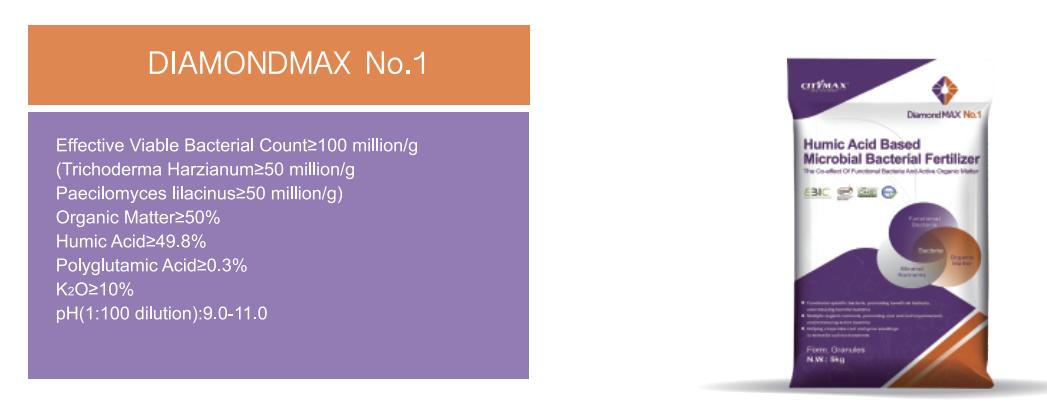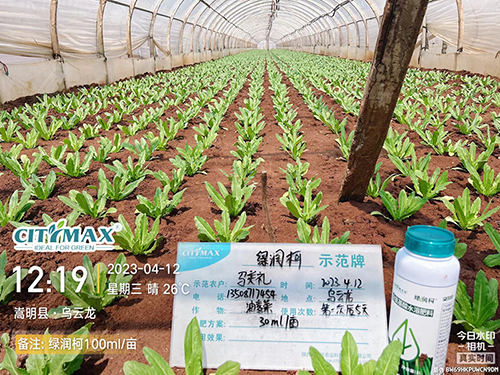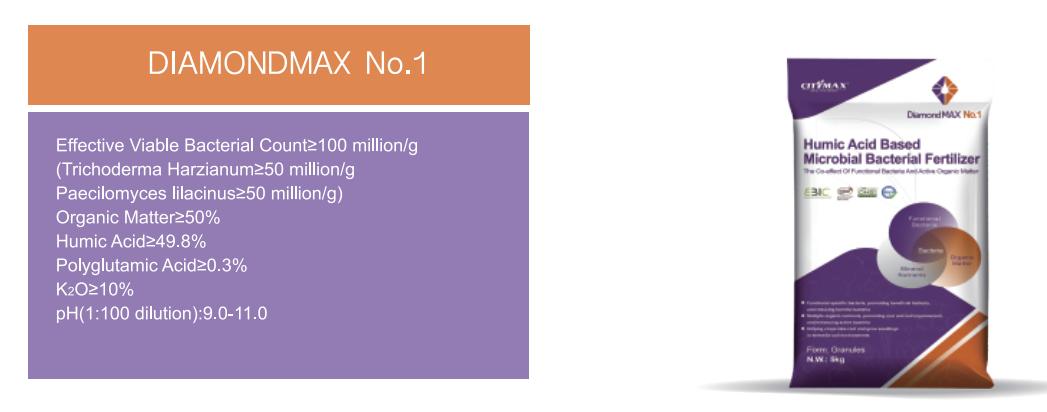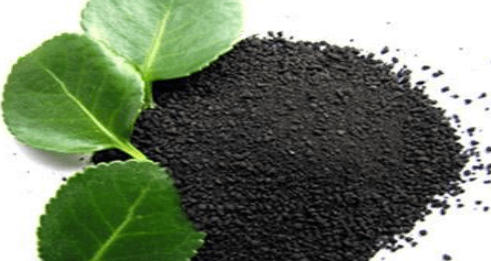0102030405
Let you know--Trichoderma harzianum
2024-04-07 13:35:37
Trichoderma harzianum can be used to control a variety of plant diseases, such as blight, damping-off, root rot, fusarium wilt and stem rot. It can also inhibit the growth of many pathogenic bacteria.
Trichoderma harzianum can also promote plant growth, improve the microenvironment of the root system, and enhance plant disease resistance.
The antagonistic effect of Trichoderma harzianum on plant pathogenic bacteria involves multiple mechanisms. In layman's terms:
(1) Competition effect: Compared with other pathogenic bacteria in the soil, Trichoderma harzianum has strong adaptability to the environment and a fast reproduction rate. It can quickly occupy the living space and material resources near the plant roots, leaving other pathogenic bacteria with no "place to stand" and " "Lack of food and clothing" is equivalent to forming a "protective shield" near the plant roots, blocking the opportunity for pathogenic bacteria to infect the plants.
(2) Re-parasitism: When there are pathogenic bacteria around Trichoderma harzianum, it can attach to the pathogenic bacteria and secrete extracellular enzymes to dissolve the cell wall of the pathogenic bacteria, penetrate the hyphae, absorb nutrients, and then kill the pathogenic bacteria.
(3) Antibiotic effect: Trichoderma harzianum can secrete some antibiotic substances, which can inhibit and kill pathogenic bacteria and prevent their growth, thereby preventing pathogenic bacteria from infecting plants.
(4) Induced resistance: Some enzymes produced in the metabolism of Trichoderma harzianum can initiate the plant's defense response, causing the plant to produce and accumulate compounds and lignin related to disease resistance, stimulating plant growth and improving the root system. The microenvironment enhances plant growth and disease resistance.
Citymax product recommendations containing Trichoderma harzianum--DiamondMax

Younengdian R combines a variety of functional bacteria such as Trichoderma harzianum, Porphyra lilacinus and Actinomycetes, and organic acid active substances such as mineral-source humic acid, polyglutamic acid and enzymatically hydrolyzed free amino acids. Functional bacteria can effectively inhibit the reproduction and development of harmful soil bacteria and nematodes, promote the metabolism of beneficial microorganisms, minimize the occurrence of soil-borne diseases and nematodes, and maintain the balance of the crop rhizosphere microecological environment.











